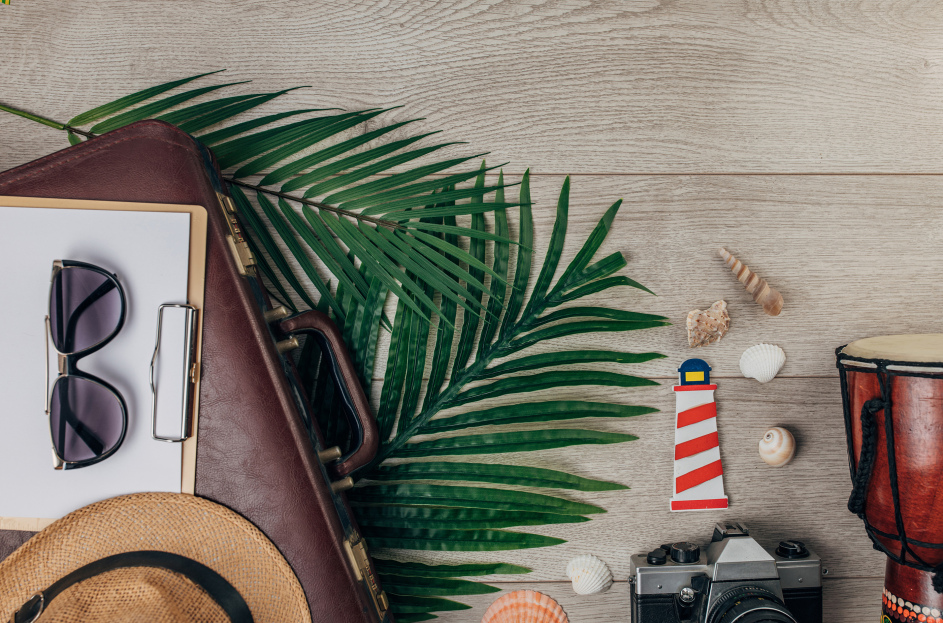If you are a new plant parent experiencing separation anxiety--have no fear! Here are some tips to keep your plants happy and healthy while you’re away.
Succulents and Cacti
Succulents and cacti require the least water of all houseplants and are typically quite happy to go two or even four weeks without water. “
Summer dormant” succulents like haworthia that prefer to hibernate during the hottest months of the summer will require even less water than normal.
Click here for more info on whether your succulent is summer dormant or winter dormant.
Peperomias, Sansevieria (Snake Plants)
Peperomia plants and sansevierias all store water in their leaves and can quite easily go two weeks or potentially even longer without water. Make sure to give your plant a good soak the morning before your trip. Let any excess water drain away so your plants are not sitting in water (which could cause root rot).
Tropical Foliage Plants
Most indoor tropical plants with non-succulent foliage require water about once every 7-14 days. Some examples would be crotons, spider plants, orchids, coffee plants, tradescantia nanouk, turtle vine, dracaenas, pothos, pilea, crispy wave ferns, palms, etc.
To keep these plants happy for the week, give them a good soak the morning before your trip. For trips longer than a week, you can try using some DIY solutions.
High Maintenance Plants
Some plants are divas by nature and detest drying out. Examples of plants that may require watering or misting multiple times per week are: air plants, nerve plants (Fittonia), pet grass, and herbs (like basil, mint, or cilantro). These plants will most definitely need some kind of self-watering system (or a plant-sitter) for trips longer than three days.
DIY Self-Watering Solutions
1) Use a self-watering planter.
Consider investing in a self-watering planter if you frequently over-water or under-water your plants. These planters are especially designed to consistently deliver water to the plants in them. Make sure your planter is topped up with fresh water before you leave.
2) Use a self-watering bulb or bottle.
Self-watering bulbs or bottles provide a slow release or drip method of watering that can provide temporary relief for struggling plants. They are most effective for small to medium size planters. You can buy these inexpensively from a garden centre, or even make your own with a modified water bottle or wine bottle. Make sure the bulb is buried deep enough in the soil so that the water can reach the roots.
3) Use a wicking system.
Wicking systems are both simple and effective means of self-watering. Essentially, they involve an absorbent wick (usually made of cotton rope), and a separate container of fresh water. Insert one end of the wick several inches below the surface of the soil, and the other end at the bottom of the container of water. The wick (rope) will slowly transfer water from the container into the soil, keeping it consistently moist.
4) Trap moisture with a towel or wet newspaper.
In a pinch, you can place a towel or newspapers in a sink or bathtub with a bit of water and set your plants on top, allowing plants to slowly absorb moisture through their roots. Just make sure that the plants are not soaking in the water, and that they are still receiving adequate sunlight.
5) Move plants to a shady area.
If your plants are usually in a very bright location, consider moving them to an area with less sunlight, like a north or east facing window, or in partial shade. Keeping your plants out of the hot sun will minimize the amount of water loss. Just make sure not to immerse your plant in total darkness. Plants still need light to flourish and grow.
Happy planting!
